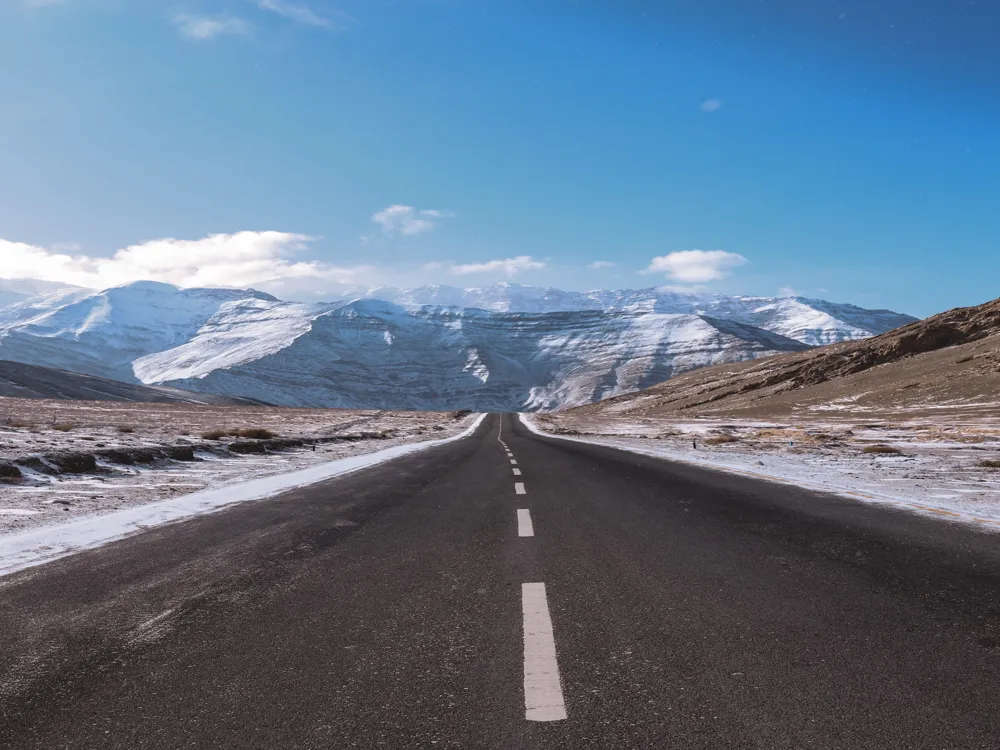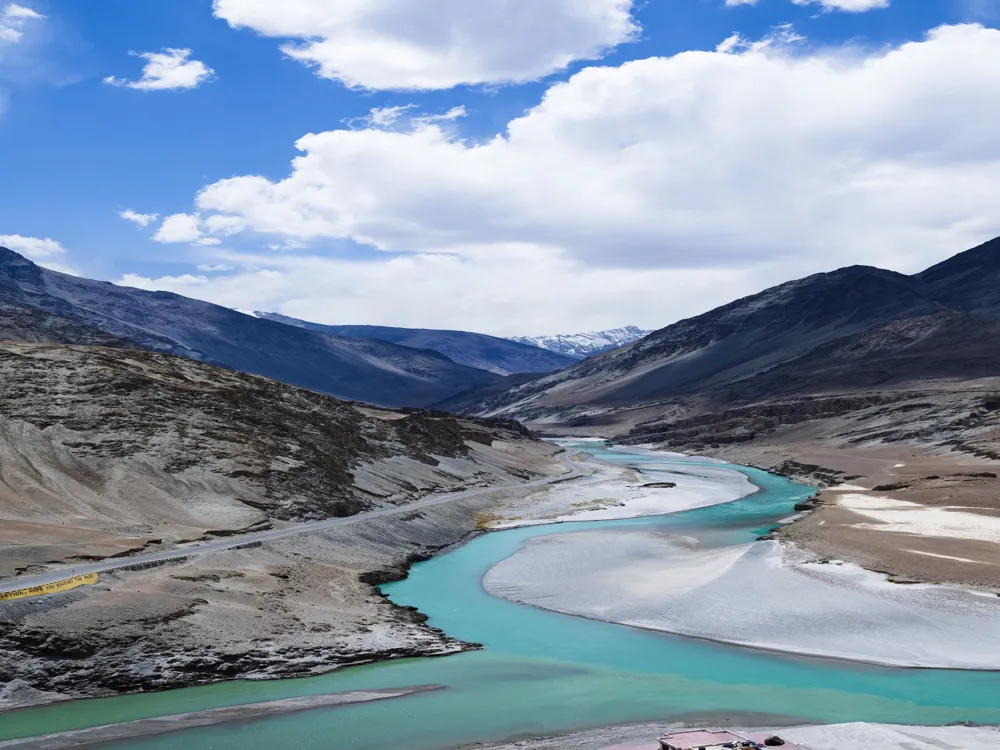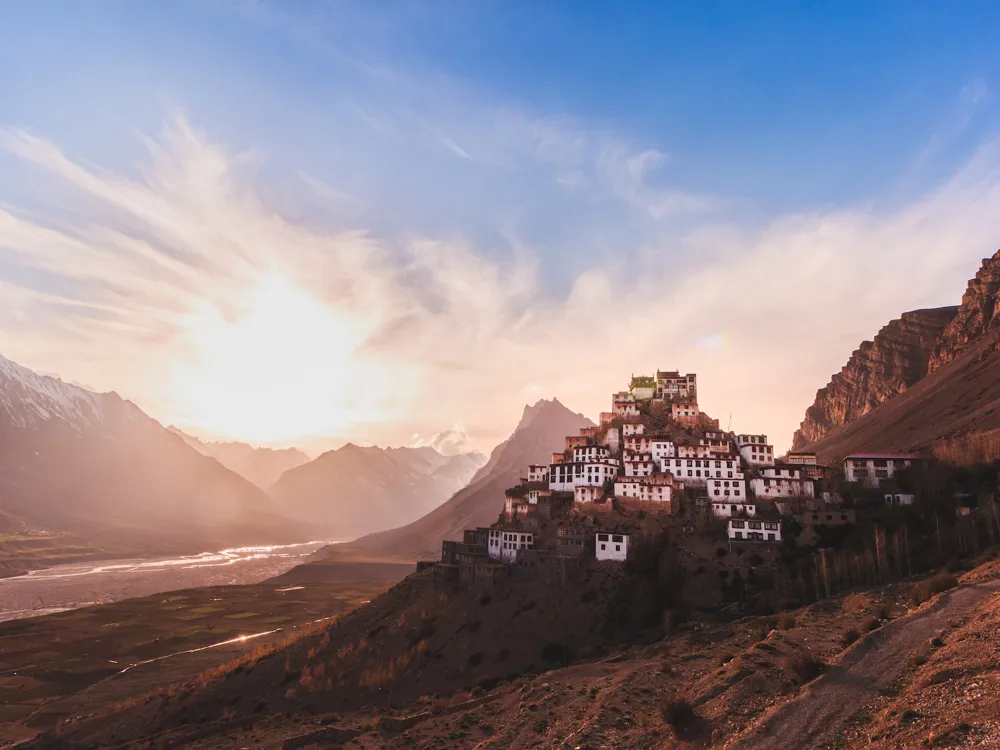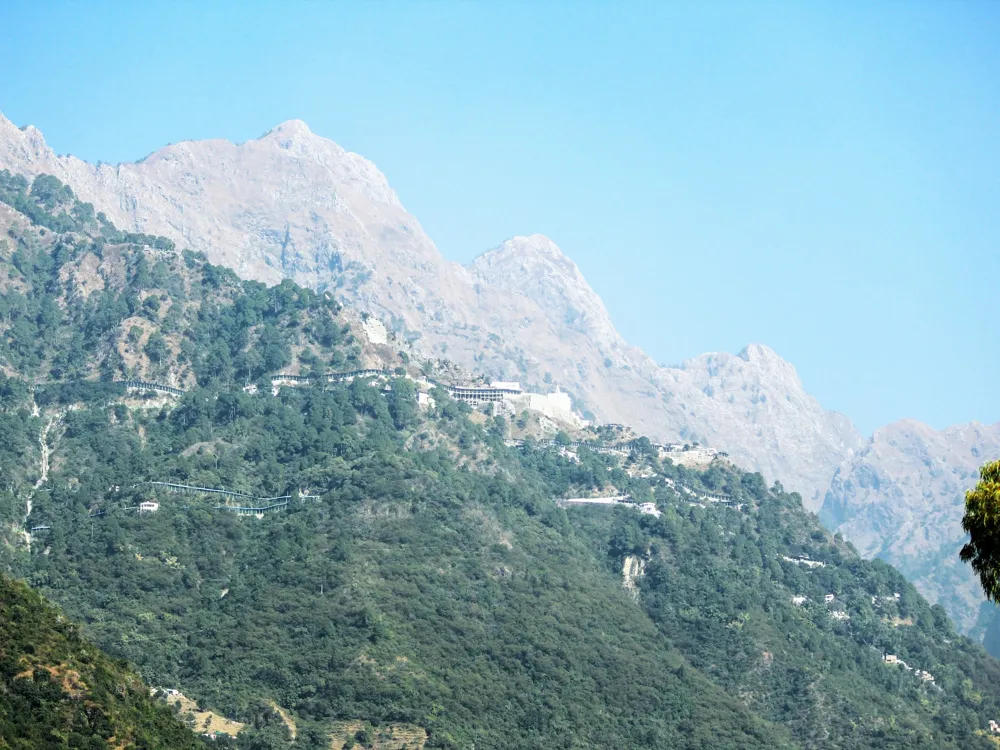Plan Your Travel To Ladakh
Places To Visit In Ladakh
Shanti Stupa
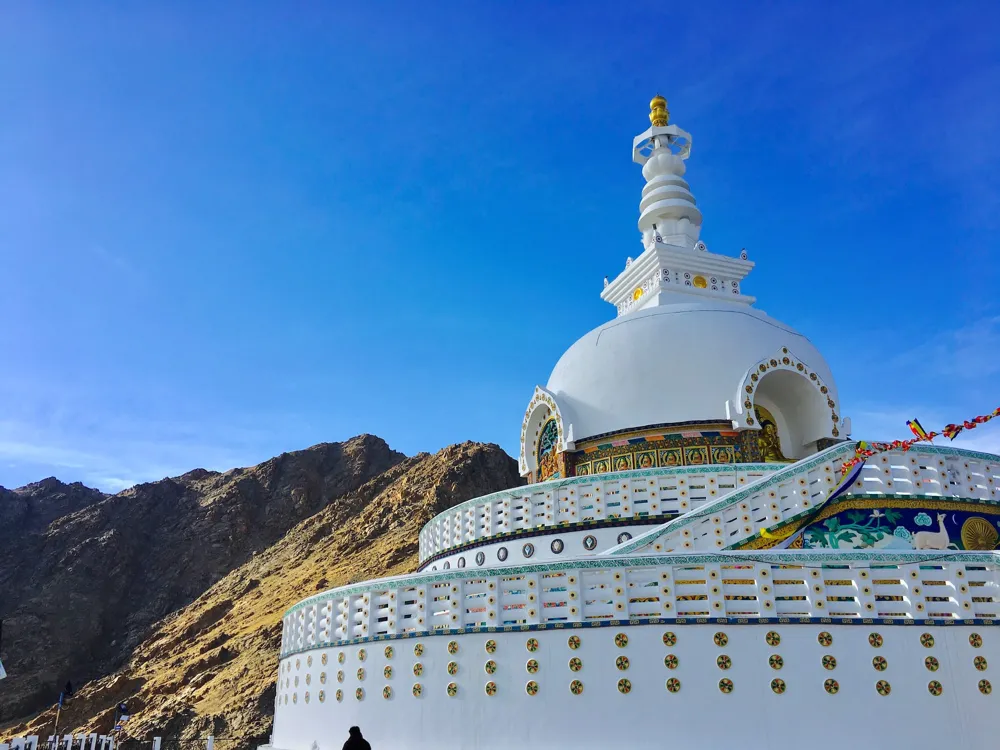
The Shanti Stupa in Leh is a magnificent white-domed Buddhist monument located atop a steep hilltop at a dizzying height of 11,841 feet. It is a religious place for the Buddhists as it holds the relics of Buddha, consecrated by the 14th Dalai Lama. It is also popular amongst tourists as it offers a sweeping view of Leh and the nearby Changspa village. Shanti Stupa looks exceptionally beautiful during the full moon night when it is naturally illuminated by the moonlight.
Shanti Stupa was constructed in 1991 by Japanese Buddhist, Bhikshu Gyomyo Nakamura. The construction was jointly done by the Japanese and Ladakhi Buddhists to mark the completion of 2500 years of Buddhism and to promote world peace. It is a part of the peace pagoda mission, which aims to spread peace through the preaching of Buddha. Shanti Stupa is a perfect getaway for both- those looking to obtain peace from offering prayers to God and those waiting to be mesmerised by nature's wondrous beauty.
Read More
Spituk Monastery
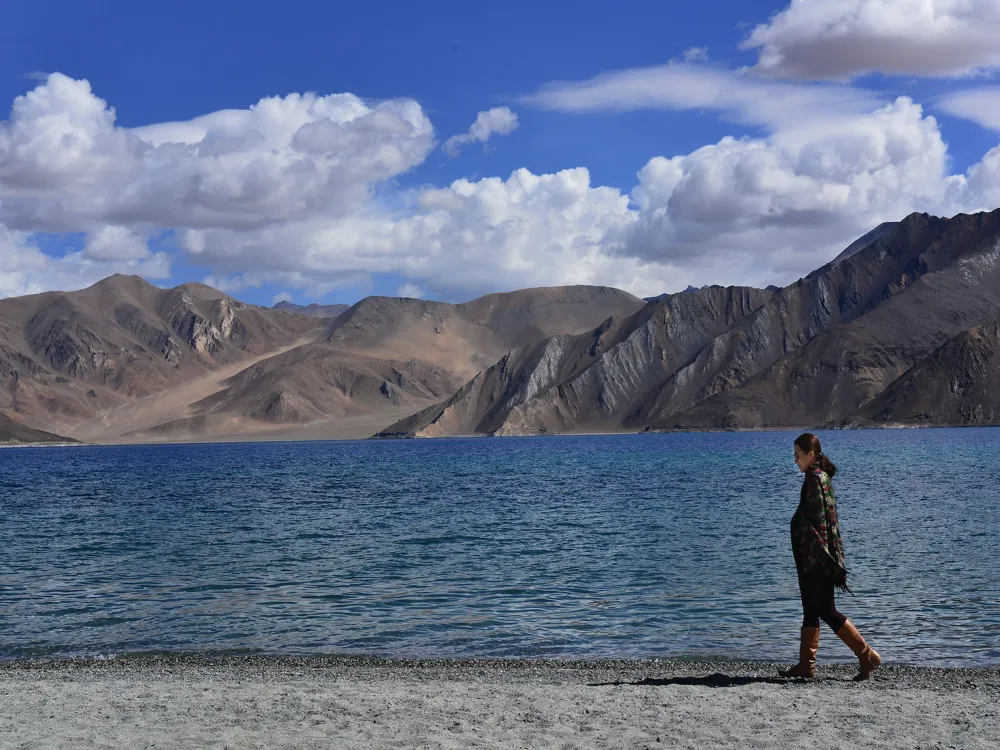
Spituk Monastery also called Spituk Gompa, is a Buddhist monastery located about 8 kms from Leh. One of the most dazzling monasteries in India, it houses 100 monks and a giant statue of Kali, which is unveiled during the annual Gustor Festival held every year. It is famous for its collection of Buddhist objects of antique arms, icon, ancient masks and numerous Thangka paintings.
Known as Pethup Gompa among the locals, the Spituk Monastery was founded by Od-de, the elder brother of Lha Lama Changchub Od when he came to Maryul in the 11th Century. The site was blessed by the Arhat Nyimagung. When Lotsewa Rinchen Zangpo (Translator) came to that place he said that an exemplary religious community would arise there and so the monastery was called Spituk. Spituk Monastery, with its commanding view of the Indus Valley and the surrounding beauty, is often visited by tourists from all across the globe.
Read More
Stargazing
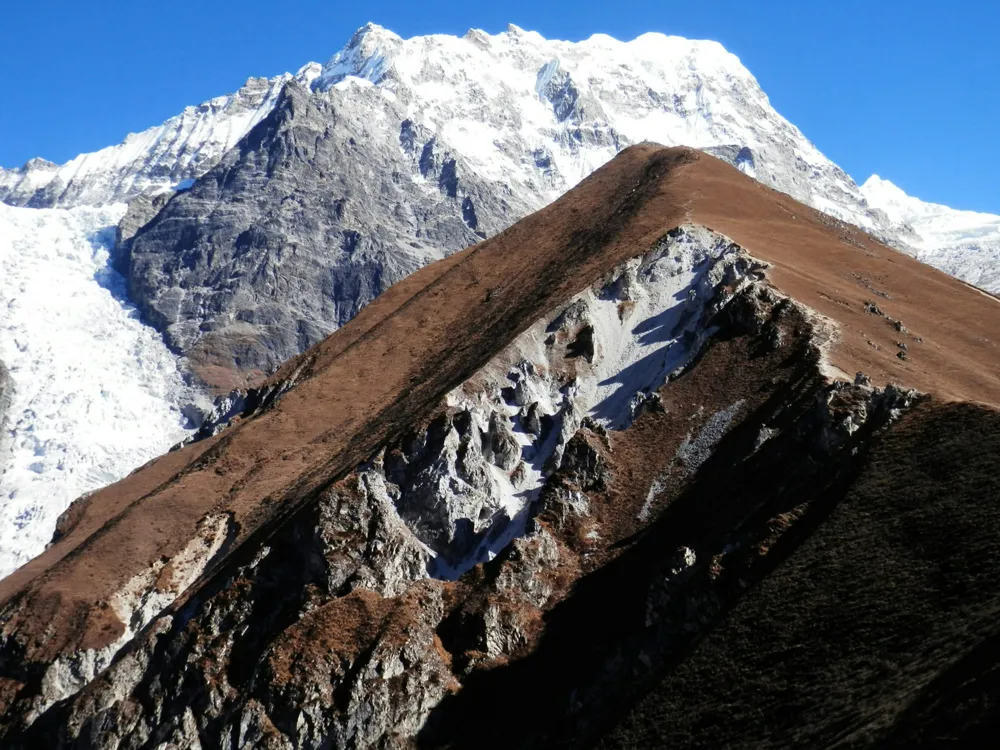
Leh-Ladakh, as already mentioned earlier, is a must visit place for all photography lovers – especially, Astro-photographers! The Major reason why Ladakh is a favourite among astrophotographers is because it provides clear night skies to complement the scenic beauty. Cities don’t generally have such pellucid skies owing to the pollution around.
Stok Palace
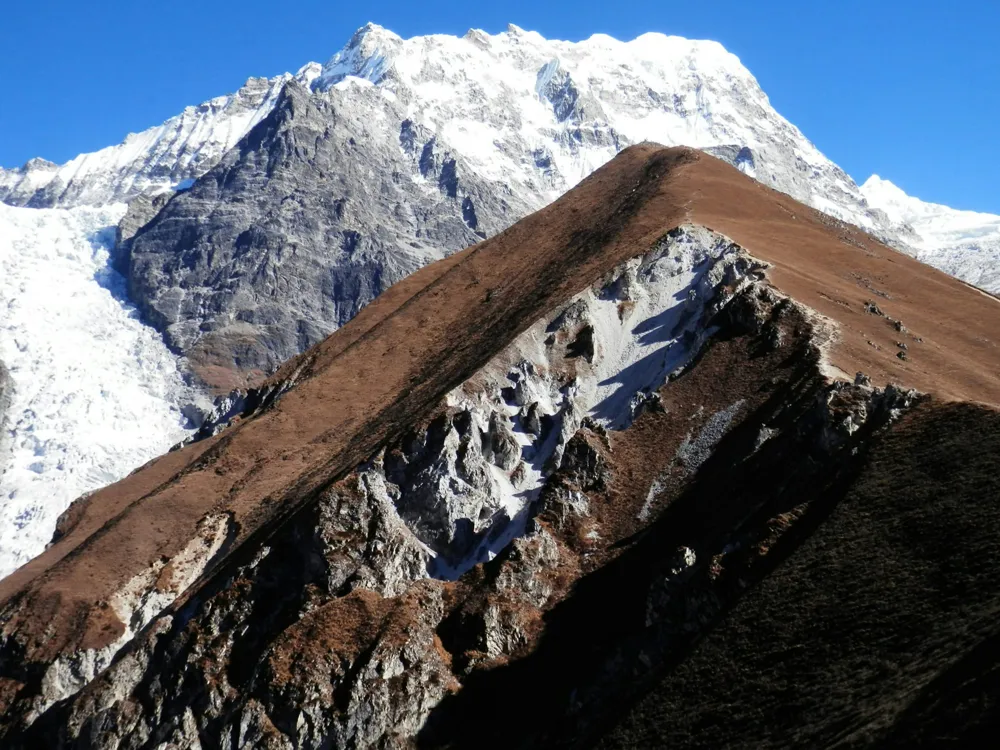
Located around 15km from Leh, the Stok Palace is the summer home to the royal family of Ladakh and descendants of King Sengge Namgyal. It was established in 1820 by King Tsepal Namgyal and was opened to the public in 1980 by the Dalai Lama.
The Stok Palace has been converted into a heritage hotel and houses the Stok Palace Museum and Temple. The rustic interiors of the hotel emit royal antique decor alongside some quirkily decorated rooms as well. Besides, the Stok Palace is a well-preserved traditional piece of the Buddhist culture too. The hotel is divided into six units within the Stok Palace and three more divisions in the Chulli Bagh Villa.
Read More
Tso Kar
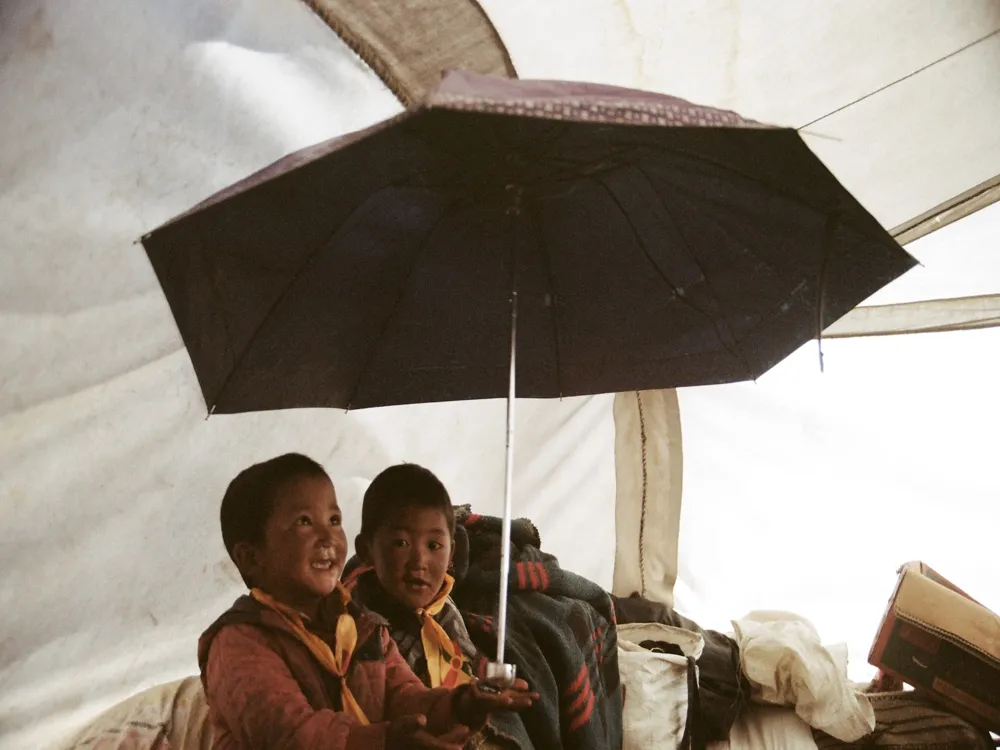
Tso Kar is a fluctuating salt lake located in the Rupshu Plateau of scenic Ladakh Valley. It is popularly known as the White Lake owing to the white salt deposits it leaves on the shores. Tso Kar Lake is the most peaceful and calm of the three high-altitude lakes (Pangong Lake and Tso Moriri) and also the smallest of the three.
Tso Kar hosts varied flora and fauna attracting a horde of bird watchers, especially during the migration season. The common birds found here are Brahmin ducks, bar-headed geese and great crested grebe. The main attraction, however, is the black-necked crane. The black-necked cranes, known for their fidelity, come to Tso Kar to lay eggs. There are only a few yak sheds, a monastery and a couple of nomadic families in the surrounding. The view of the lake at night in the moonlight is even more stunning.
Read More
Tso Moriri
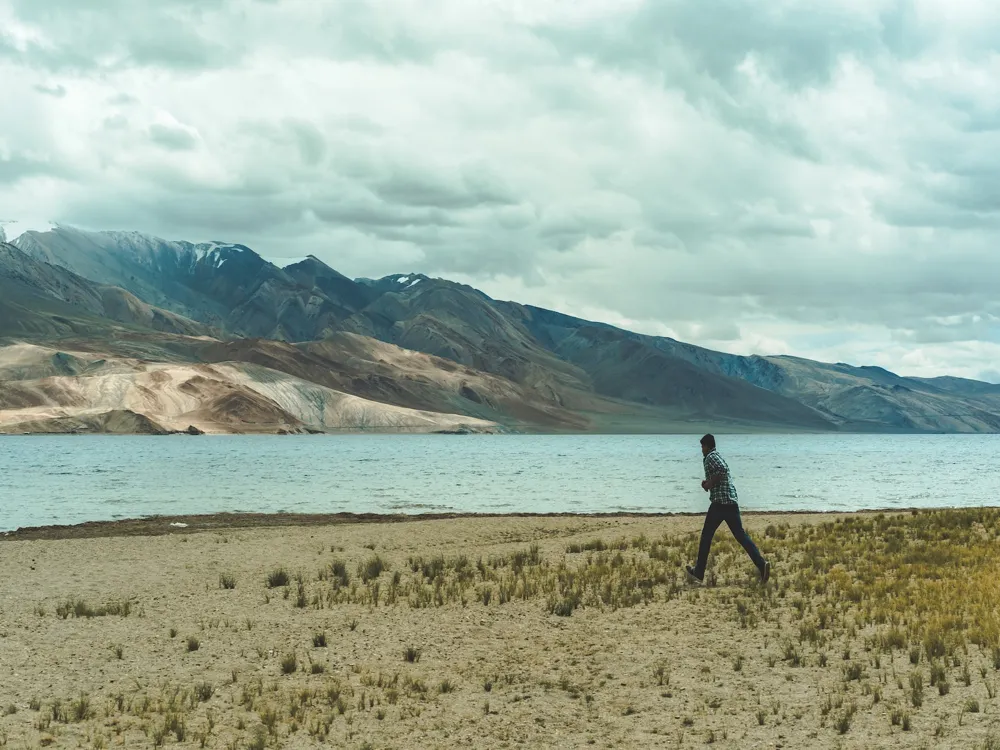
Tso Moriri Lake is the largest high altitude lakes in India situated at an altitude of 4,595m. Located between Ladakh and Tibet in the Changtang region, it is a twin to the Pangong Lake. This lake offers a scenic place of peace and tranquillity flanked by mountains, measuring about 28 km in length from north to south, and 8 km wide. An inner line permit is required for visiting Tso Moriri.
The stunning Tso Moriri can be visited only during the summer months starting from April when the lake starts to melt. May, June, July and August are the peak tourist season. Tso Moriri remains inaccessible and entirely frozen from January to March.Tso Moriri is a declared Ramsar site which means one cannot set up a tent or construct anything near the lake. A number of birds can be spotted at Tso Moriri like the bare-headed goose, the great-crested grebe, the Brahmin duck and the brown-headed gull. Himalayan hares are abundantly found here too. It is also called the 'mountain lake', owing to the peaks that surround it, towering at a height of 2000 meters, shutting it off from the outside world.
Read More
Umling La Pass
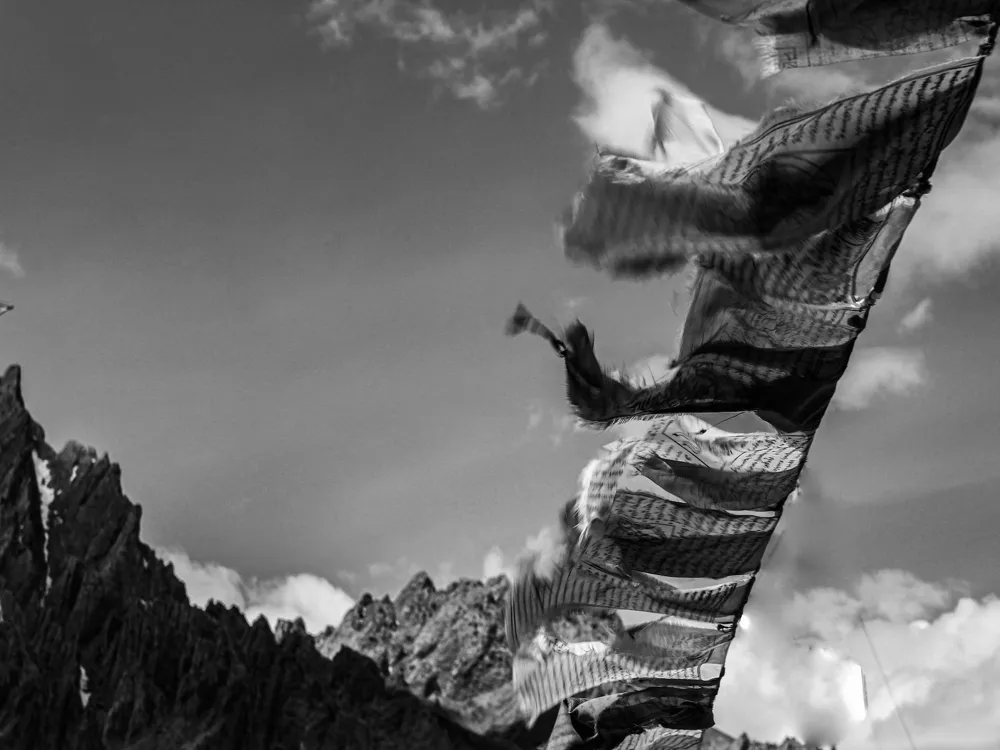
Umling La Pass is the most famous highest motorable roads situated at an elevation of 19,300 feet, around 105 km from Hanle Village, which itself is located 275 km from Leh in the Ladakh district of Jammu and Kashmir. If you are a motorbike enthusiast, you would be surprised to know that Umling La is the world's highest motorable road filled with a lot of adventure and thrill. This fascinating pass stretches over a distance of 86 km connecting two quaint villages lying on the Indo-China border namely Chisumle and Demchok. Umling La Pass is a scenic place located in the most beautiful part of India. Situated at such a great height, this place is a must visit for adventurous souls and nature lovers.
Apart from its altitude, the reason that makes Umling La Pass special is the fact that this place is devoid of civilization and lies completely barren. It is spread prolifically and beckons people to explore its beauty. The continuous cold wind that blows here will make you feel refreshed and the state of this place in its raw glory will make you awestruck. Since it is the highest motorable road, Umling La Pass is famous for motorbiking. You can take your motorcycle and have a ride through the Umling La. The picturesque landscapes and variegated rocky mountains will add to the experience of motorbike and make the journey even more magnificent.
Read More
Wamda Wood Carving

Wooden choktse tables carved with images of mythical beasts are available at the Wamda Wood Carving.
Watch a Chhams Performance

One of the most exotic things to do in Leh Ladakh is to watch the Llams perform the Chhams. The performance involves a dance drama executed by the Llams in colorful costumes. The whole event is filled with euphoria and is a delight to witness. These performances get especially popular during the Hemis Festival or the Ladakh Festival.
Yarab Tso Lake
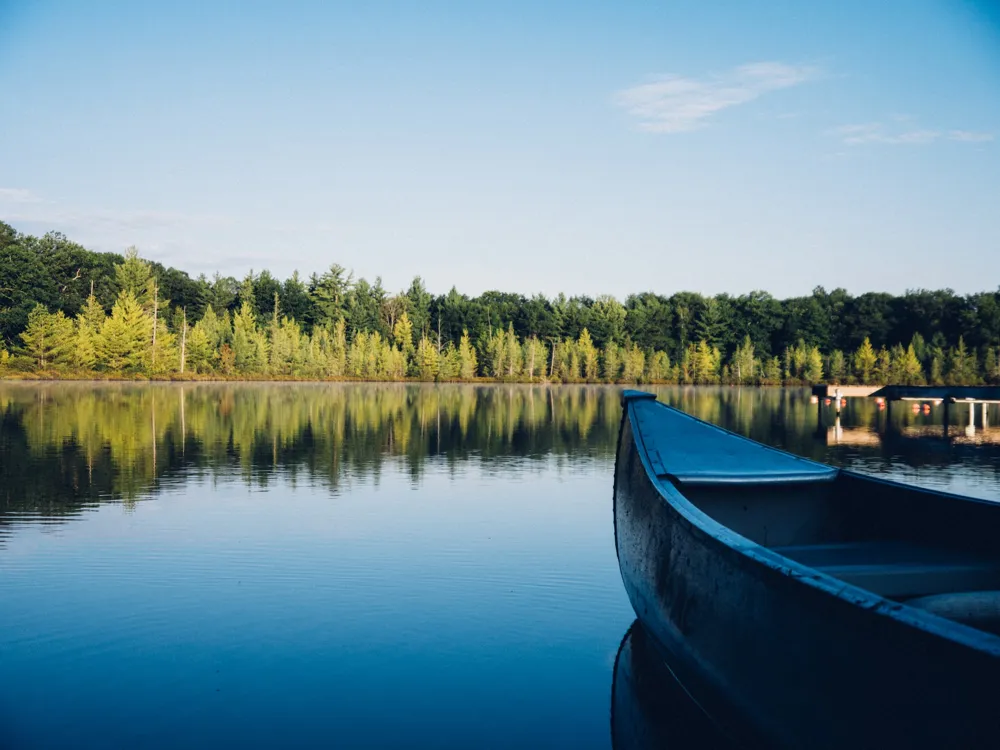
The holy Yarab Tso lake, often referred to as "the hidden lake", is the best-kept secret of Ladakh. Located near the Sumur Village, approximately 15 km from Diksit in the Leh Ladakh region, this gorgeous lake can only be reached by hiking uphill for 20 minutes.
Regarded as one of the holiest and high altitude lakes in the Nubra Valley, Yarab Tso is highly revered among the locals of the region. It is advised not to wash your feet or try to swim in this enrapturing lake. Simply sit by the rocks, breathing in the unpolluted mountain air, relishing the site of colourful prayer flags fluttering around the crystal clear aquamarine water and experience the sense of calmness it brings.
Read More
Ladakh Travel Packages
View All Travel Packages Ladakh
Nearby Places Ladakh
Browse Package Collections
Browse Hotel Collections
FAQs on Ladakh












